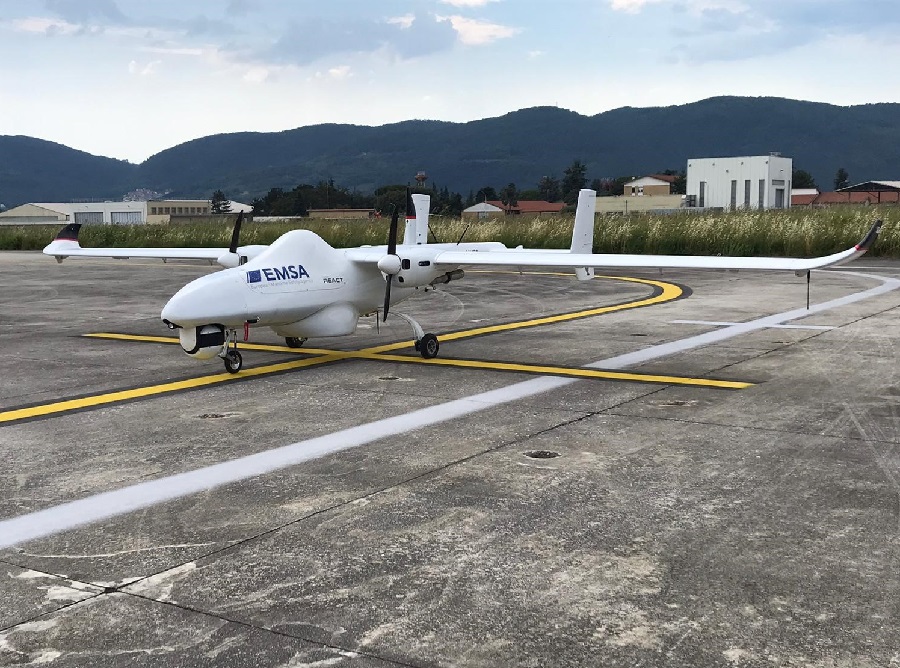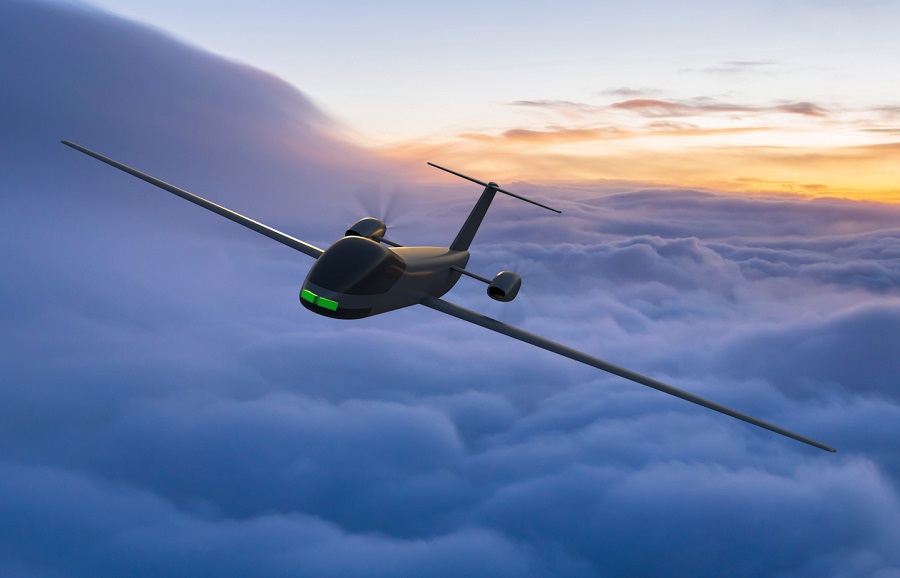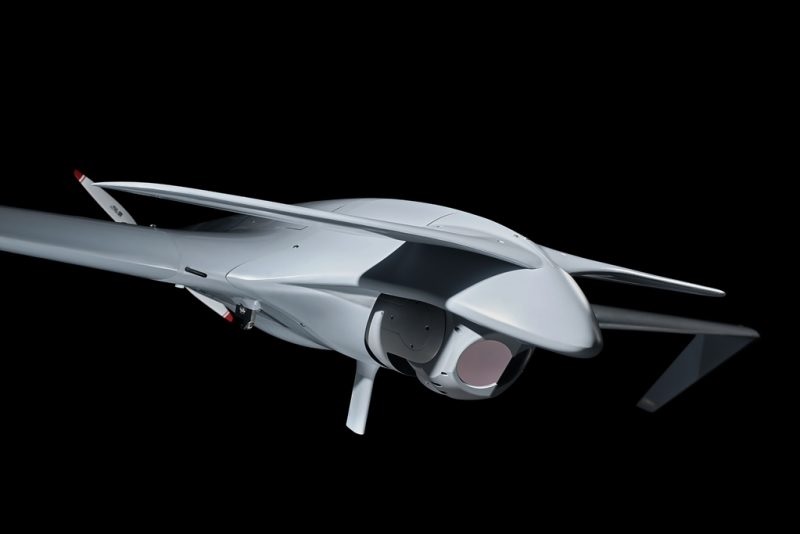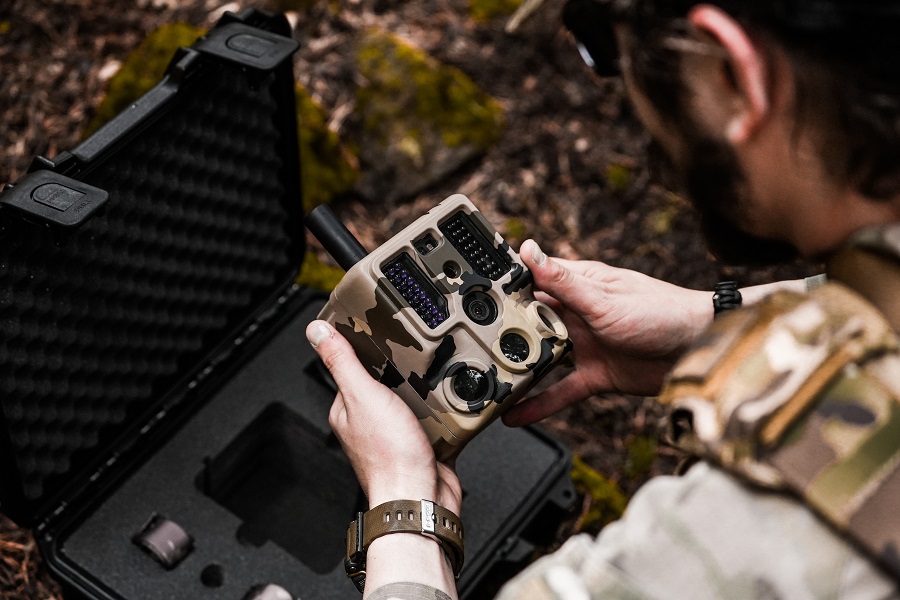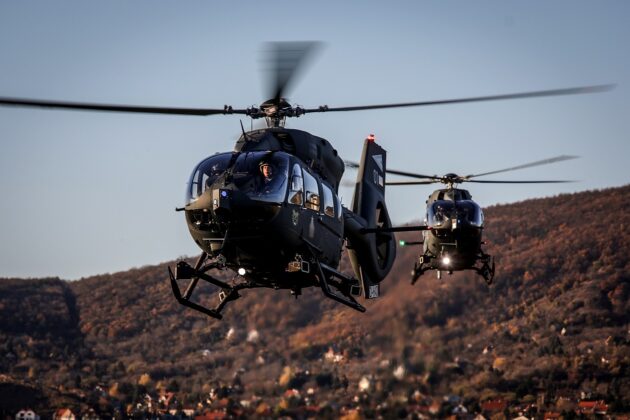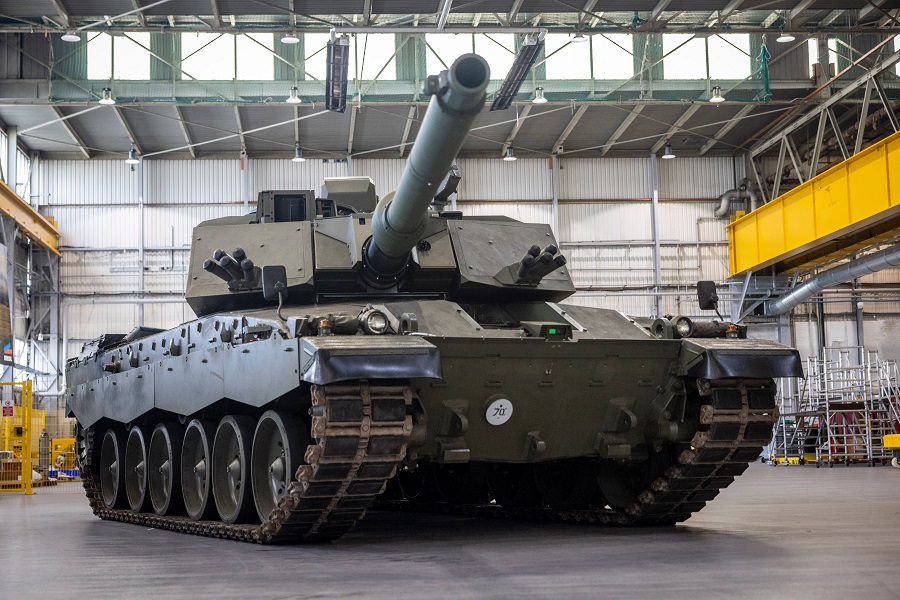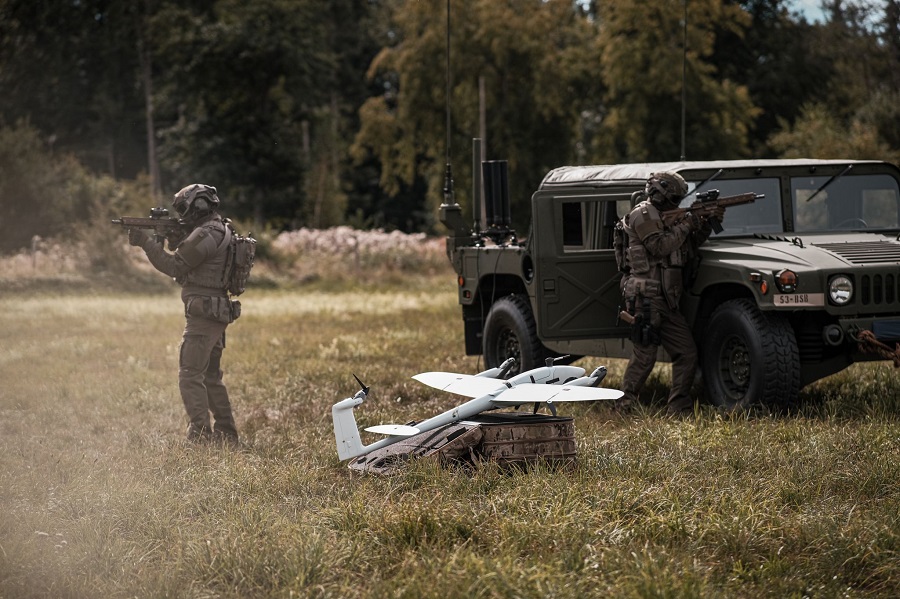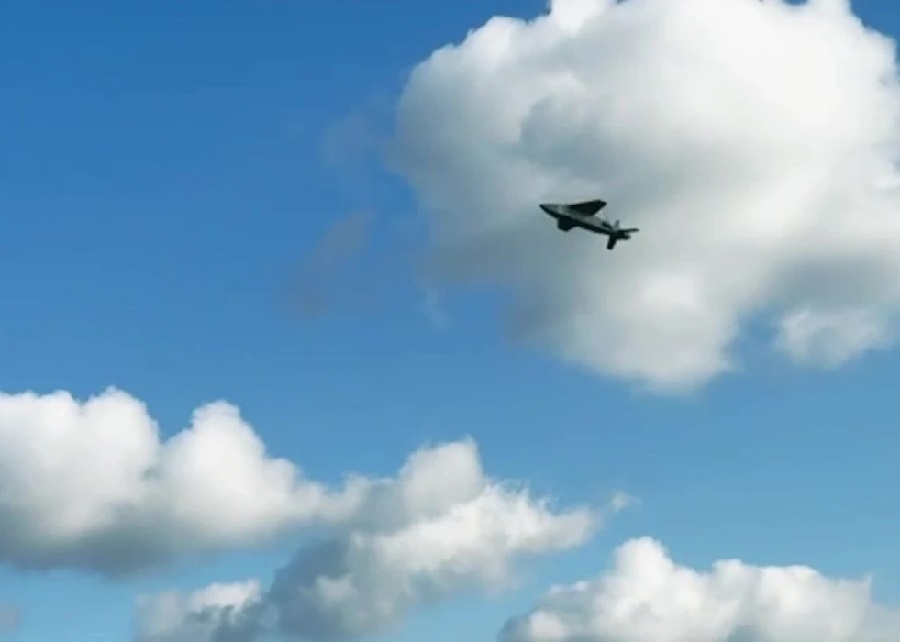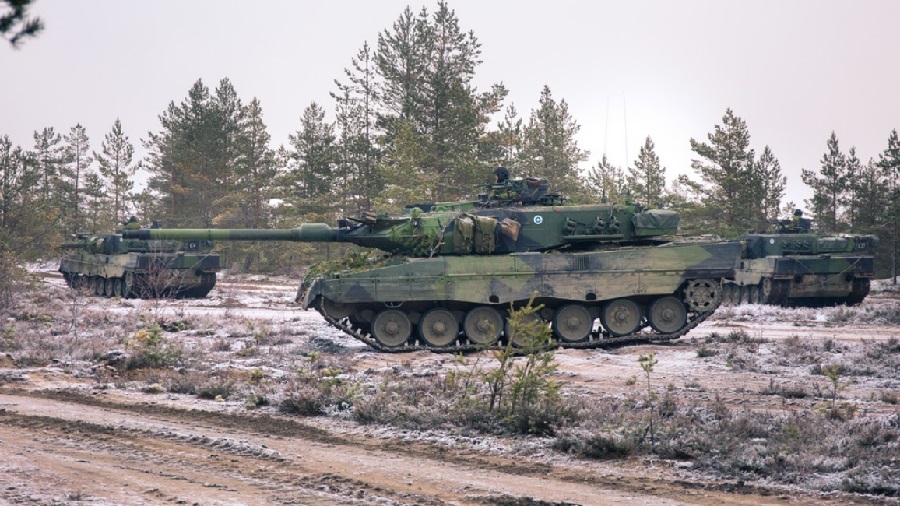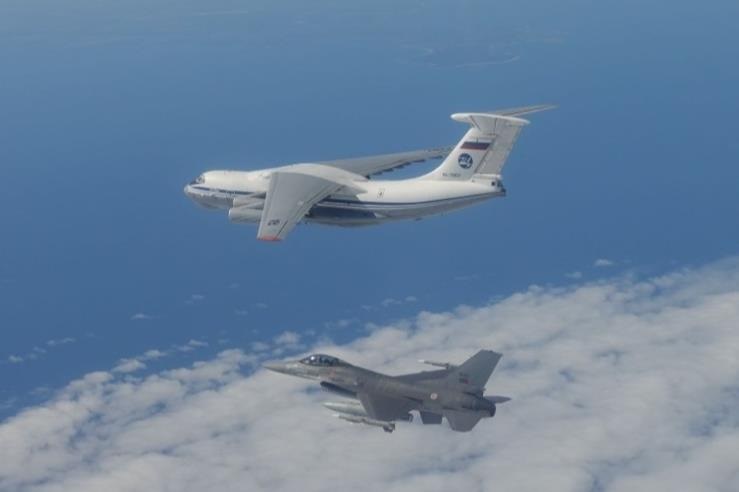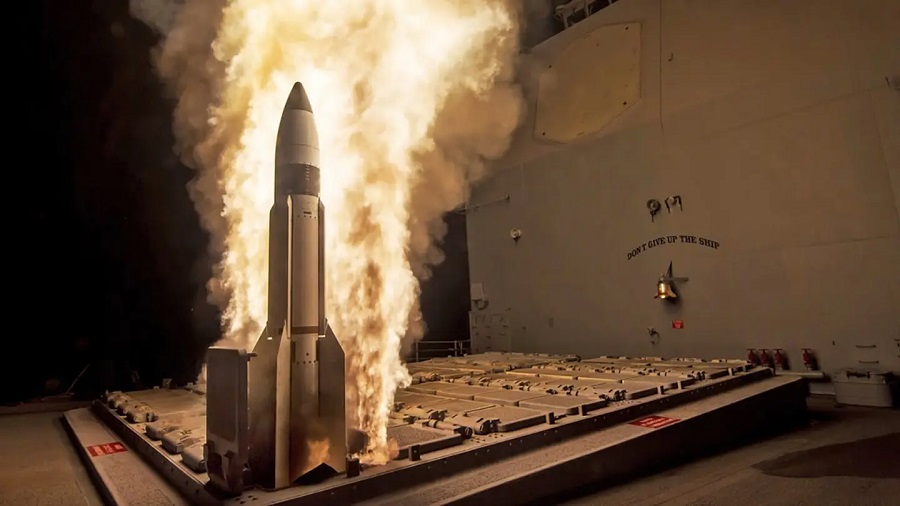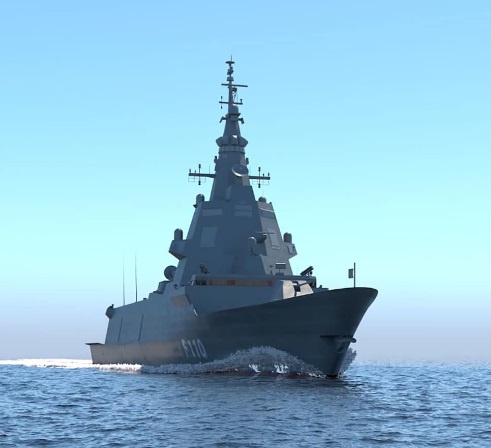The RPAS service is delivered by EMSA through the contractor Nordic Unmanned AS operating an Aerosonde RPAS over a four-month period. The RPAS uses a catapult for take-off and is recovered with a net, has an endurance of 10 hours and a radio range of 140 km which can be extended based on ground relay stations. It is equipped with both an optical and infrared camera, as well as an AIS receiver.
The data gathered from the flights will be shared live through the EMSA RPAS Data Centre allowing users to monitor any unusual activity at sea with a potentially harmful impact on the safety and security of persons and vessels in the area or affecting the environment itself. The service makes it possible to monitor and alert authorities in case of drifting objects spotted at sea which may pose a danger to vessels in the vicinity and/or the environment. This is especially useful in areas of high traffic density.
En ny langtrækkende drone fra @forsvaretdk sendes her i luften. Den skal de næste godt fire måneder støtte Søværnets farvandsovervågning
#dkforsvar #værdatkæmpefor
Læs mere på https://t.co/pj96CN8at9: https://t.co/G2Spw16Qvx pic.twitter.com/jEo54DKyKr— Forsvaret (@forsvaretdk) April 21, 2023
The Royal Danish Navy acts on behalf of Denmark’s Ministry of Environment to safeguard the protection of the marine environment in the surrounding waters. EMSA’s RPAS service will support this activity by helping them to identify, verify and provide information on potential oil spills and discharges at sea. In doing so, the service complements the EU’s satellite-based service for oil spill detection, CleanSeaNet.







